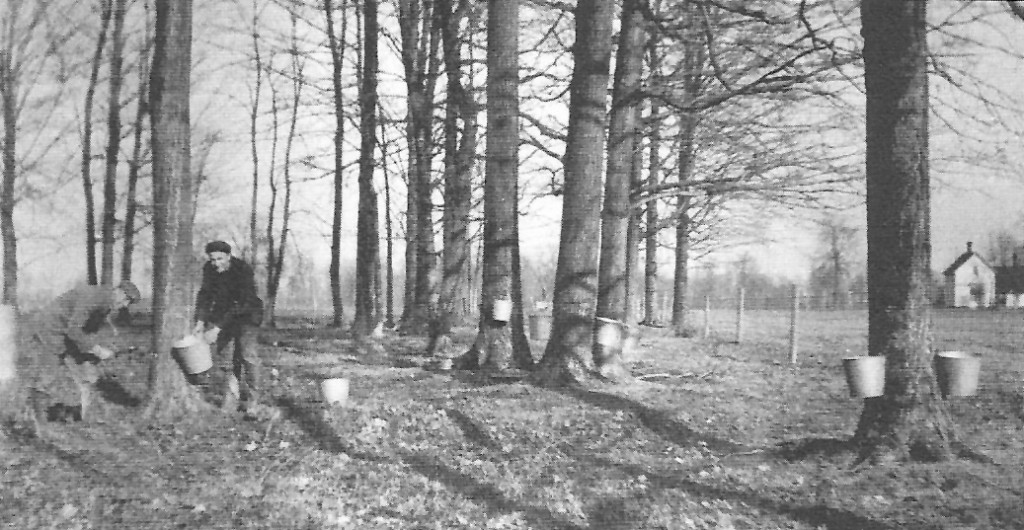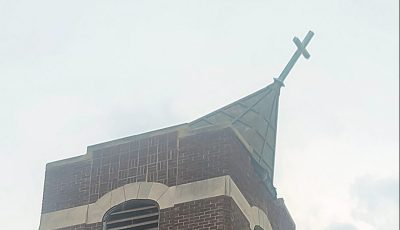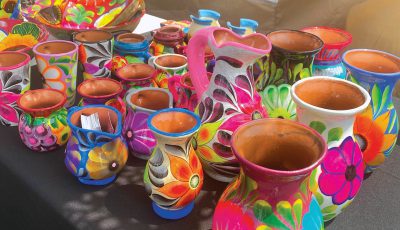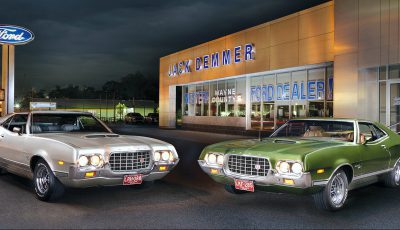Celebrating fall in early Wayne
By Darlene Hawley – October brings cooler days and nights, shorter days with the sun setting earlier and rising later and the changing of the color of the trees and bushes. Green leaves become brilliant shades of red, yellow, orange and rust. Tourists and residents of our state travel from afar to enjoy autumn in Michigan and witness the glorious view of stands of trees and forests that line our highways and back roads from Detroit to Traverse City and beyond to the northern reaches of our upper peninsula. Fall is a wonderful time to travel north to “see the colors” as well as enjoy community events. Visiting local cider mills and buying fresh cider, apples and fresh doughnuts is a must. Shopping at a mum farm to purchase pots of mums to decorate our yards and porches and visiting roadside farm markets to select foods the local farmers have harvested from their fields is another fall activity. Many small towns and communities have fall festivals for all to enjoy such as Wayne’s Rouge-a Palooza. What a wonderful event for families and townspeople to participate in.
Our forefathers enjoyed fall in many of these same ways. One autumn event that took place here in our village years ago was making maple sugar. Indians in the Northeast taught early settlers how to tap into the syrup of maple trees in the fall to make maple syrup or maple sugar. Early settlers who arrived in our area found sites where the Indians had made a habit of tapping the maple trees. Gradually our village boasted of a number of sugar bush operations in the area. Some farmers used open kettles much as the Indians had while others used more complicated and precise methods. Art Carpenter, a long time Wayne resident whose family owned the land bounded by John Hix, Hannan, Michigan Ave. and Glenwood, tells of the family sugar bush on their property. (Art’s father Irving built Carpenter’s Lake off of Hannan Rd. by daming the Rouge River and building a tourist camp in the early 1900s which drew vacationers from far and wide.) Many farmers built sap houses where the maple sap would be boiled until it reached the correct stage for either syrup or sugar. Syrup was usually made first with later runs, sometime only the last run, being made into maple sugar. In the early 1900s maple syrup sold for $2.50 a gallon. Children loved to get an opportunity to share a pan of maple sugar when the process was complete. A picture on Wayne’s history mural on the side of the State Wayne Theatre shows just such a scene. Maple sugar became an important crop in Wayne as did mint for peppermint. Unfortunately, a storm hit in 1911 that destroyed 42 maple trees on the Carpenter property and another sugar bush lost 140 maple trees. That, along with the harvesting of wood, eventually brought the local sugar bush and tapping of maple trees to an end. Today, much of our maple syrup and maple sugar comes from the northeast and Canada. Although, there are still individuals who enjoy this practice as a hobby and look forward to fall and making maple syrup for family and friends. It connects us to our past and provides us with one of nature’s sweet treats. Life is good in the fall.
(Some of the material for this article was taken from the book, “The City of Wayne”, published in 2003 by Valerie Latzman.)











